Turn Oled Display On And Off With A Push Button Using Arduin
About the project
In this tutorial we are going to Turn ON or OFF the OLED Display using a button & Arduino. Watch the Video!
Project info
Difficulty: Easy
Estimated time: 1 hour
License: GNU General Public License, version 3 or later (GPL3+)
Items used in this project
Hardware components
Story
1 / 8
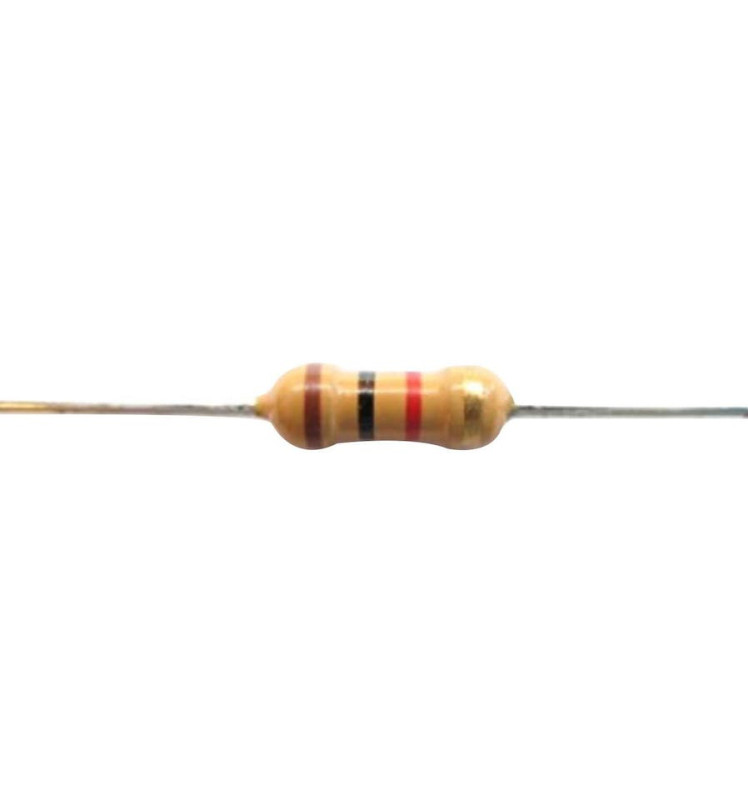
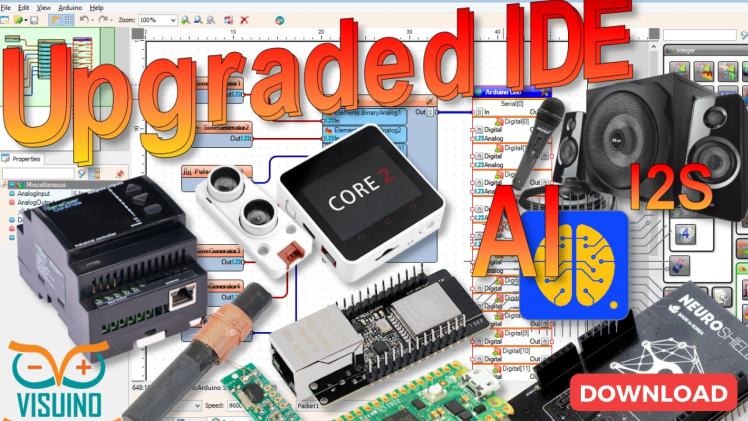
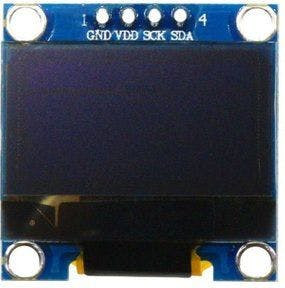
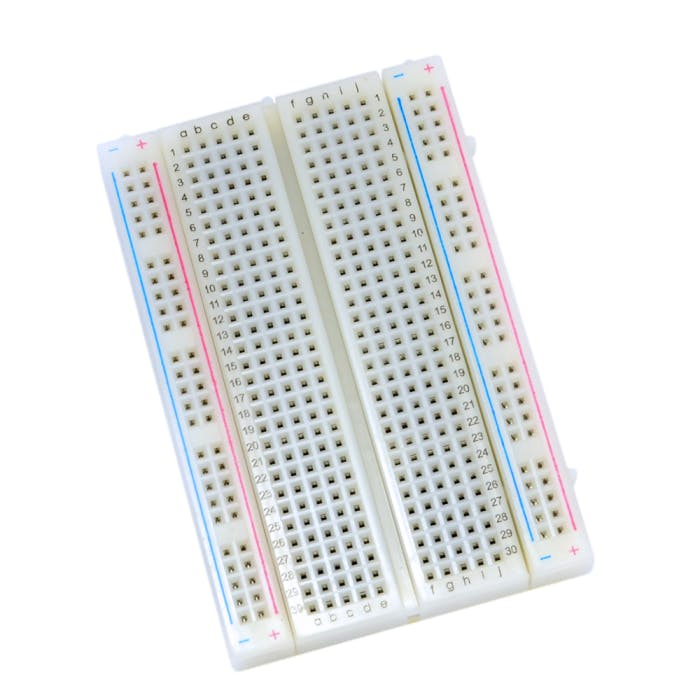
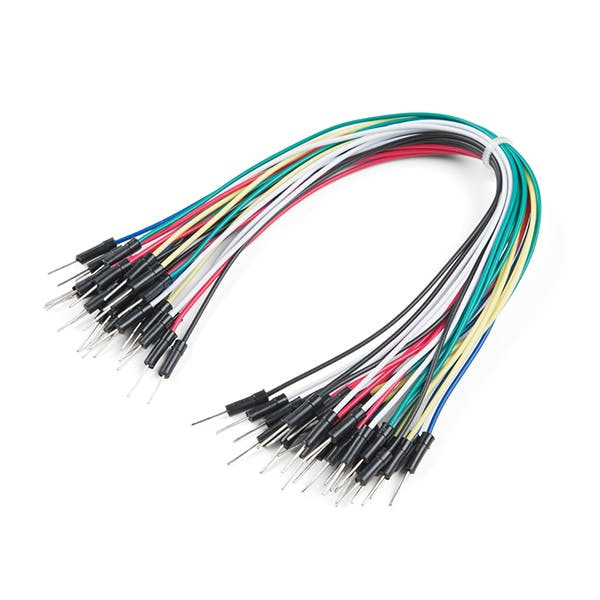
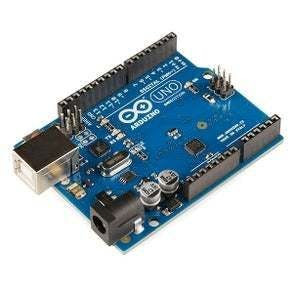
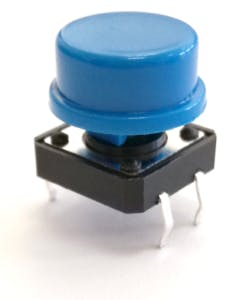
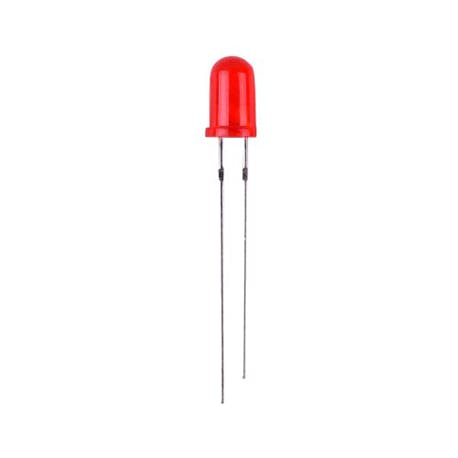
- Arduino UNO (or any other Arduino or ESP)
- OLED I2C Display
- 1K ohm resistors
- LED
- Button
- Jumper wires
- Breadboard
- Visuino program: Download Visuino

- Connect OLED Display pin [SCL] to Arduino pin [SCL]
- Connect OLED Display pin [SDA] to Arduino pin [SDA]
- Connect OLED Display pin [VCC] to the breadboard positive pin [5V]
- Connect OLED Display pin [GND] to the breadboard pin [GND]
- Connect Arduino Digital pin [4] to the Resistor and button
- Connect other side of the resistor to the breadboard pin [GND]
- Connect Other pin of the button to the breadboard positive pin [5V]
1 / 2
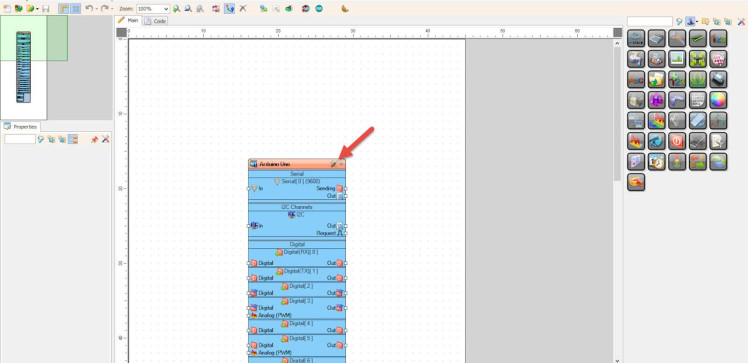
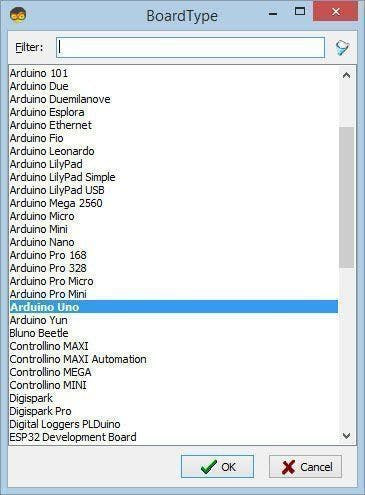
Start Visuino as shown in the first picture Click on the "Tools" button on the Arduino component (Picture 1) in Visuino When the dialog appears, select "Arduino UNO" as shown on Picture 2
Step 4: In Visuino Add Components1 / 3
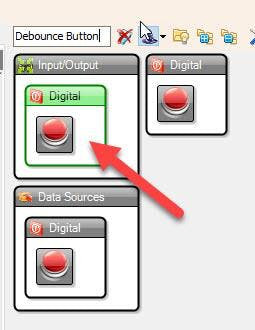
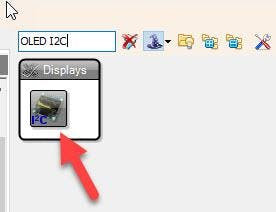
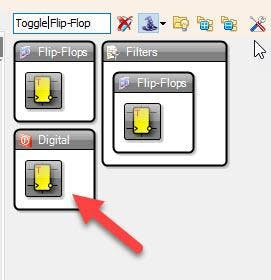
- Add "Debounce Button" component
- Add "Toggle(T) Flip-Flop" component
- Add "OLED I2C" component
1 / 4
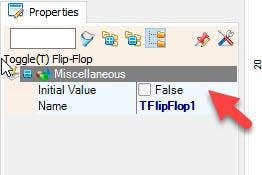
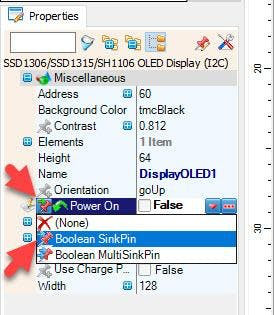

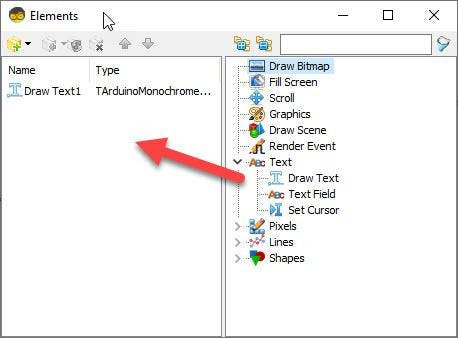
- Select "DisplayOLED1" and in the properties window select "Power On" and click on the pin icon and select "Boolean SinkPin"
- Double click on the "DisplayOLED1" and in the "Elements" window drag "Draw Text" to the left and in the properties window set "Text" to ARDUINO and "Size" to 3
- Close the "Elements" window
- Select "TFlipFlop1 and in the properties window set "Initial Value" to False
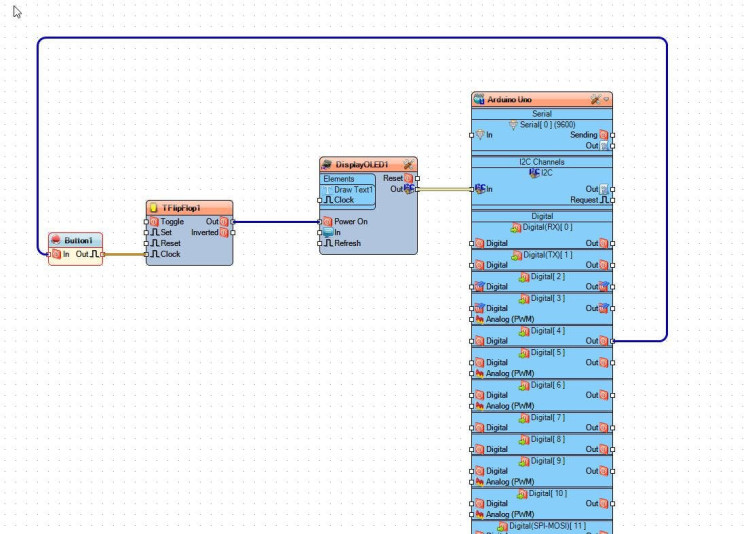
- Connect Arduino digital pin[4] to "Button1" pin [In]
- Connect "Button1" pin [Out] to "TFlipFlop1" pin [Clock]
- Connect "TFlipFlop1" pin [Out] to "DisplayOLED1" pin [Power On]
- Connect "DisplayOLED1" pin I2C [Out] to Arduino pin I2C [In]

In Visuino, at the bottom click on the "Build" Tab, make sure the correct port is selected, then click on the "Compile/Build and Upload" button.
Step 8: PlayIf you power the Arduino module, The Display will show the Text, if you press the button, the Display will Turn On or Off.
Congratulations! You have completed your project with Visuino. Also attached is the Visuino project, that I created for this tutorial, you can download it and open it in Visuino: https://www.visuino.eu





















Leave your feedback...